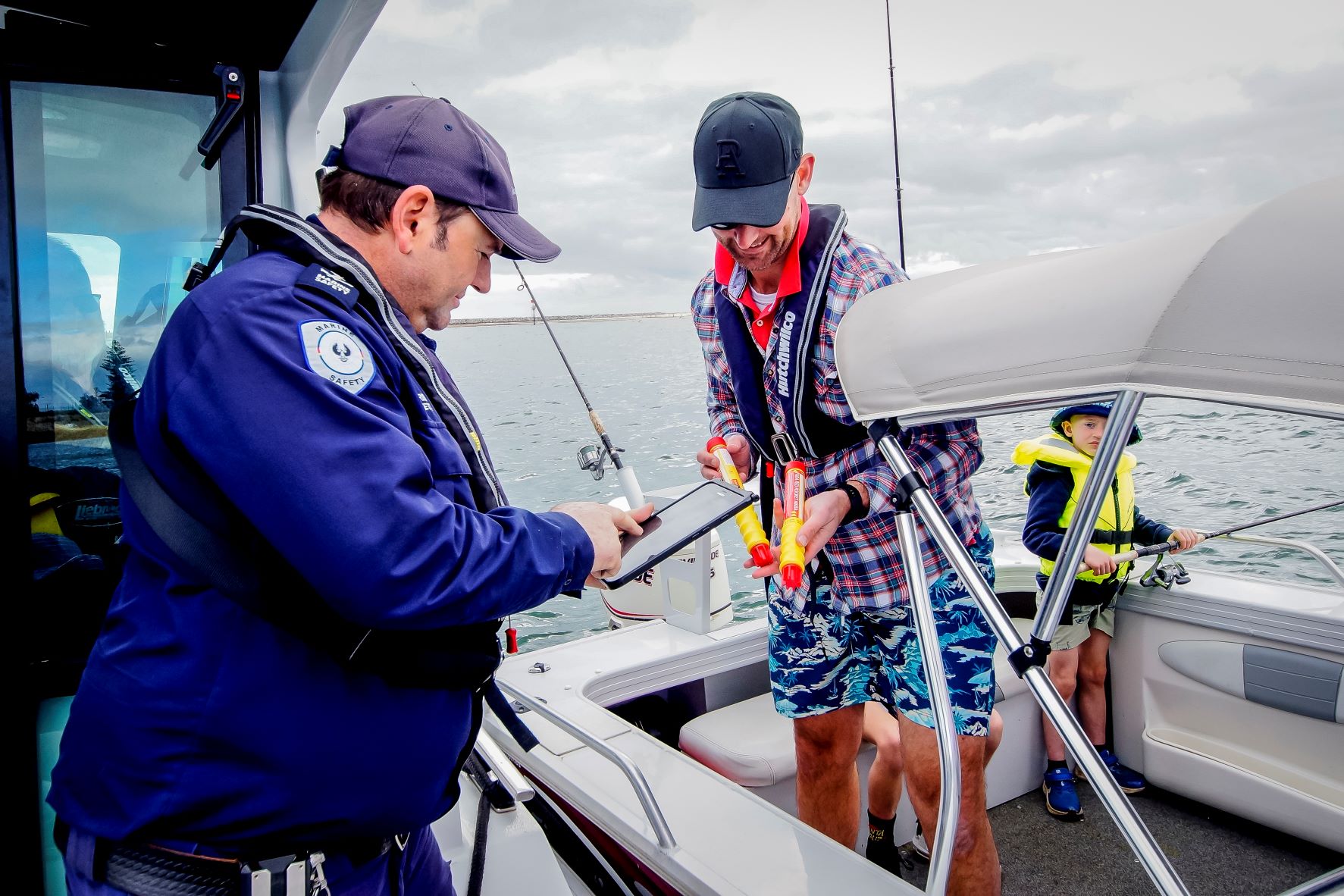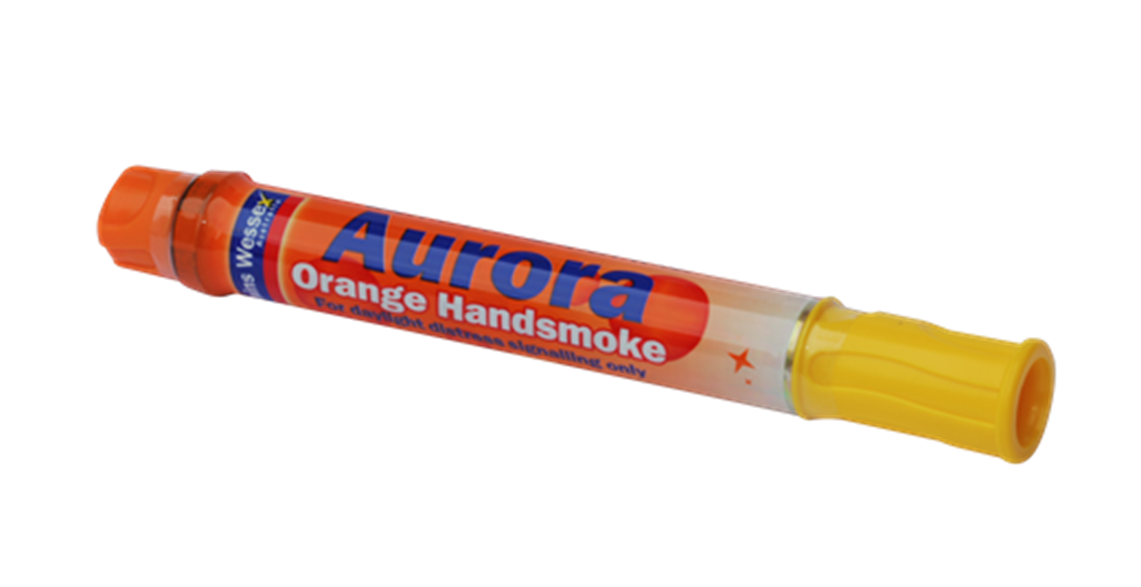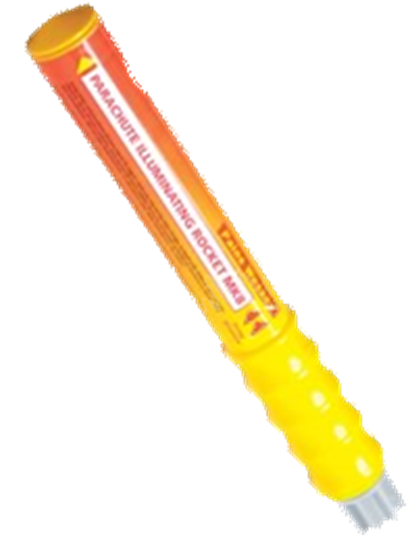Flares
Flares must be carried in boats operating in both semi-protected and unprotected waters.
- Semi protected waters – Coastal waters up to 2 nautical miles from the coast or the banks of Lake Alexandrina and Albert (includes tidal waterways such as Port Adelaide River and the Coorong)
- Unprotected waters – Coastal waters more than 2 nautical miles from the shore and from the banks of Lakes Alexandrina and Albert.
Use the safety equipment checker tool to see what flares you need for the type of vessel you are operating in and where you are operating.
They are used as a distress signal to indicate that help is needed and show your boat's location to a search vessel.
Flares should always be stored in a waterproof container and must be replaced before the expiry date printed on the packaging.
Remember that flares contain a small charge and can cause injury if misused so take care when handling and using them. They should be stored away from the reach of small children.
Expired flares need to be handed in to a suitably equipped police station for disposal.

Types of flares
Red hand flare

These flares can be seen up to ten kilometers away. You must carry two red hand flares (flares must not be expired) when operating in semi-protected and unprotected waters.
To use (always refer to the manufacturer's instructions before using):
- Remove caps from each end - the bottom cap is a striker, hold flare at base and use the striker to ignite flare at the top end.
- Once flare is ignited hold away from you and as high as possible until finished.
Orange smoke flare
 This type of flare is visible up to four kilometres away and is for daytime use only. You must carry two orange smoke flares (flares must not be expired) when operating in semi-protected and unprotected waters.
This type of flare is visible up to four kilometres away and is for daytime use only. You must carry two orange smoke flares (flares must not be expired) when operating in semi-protected and unprotected waters.
To use (always refer to the manufacturer's instructions before using):
- Remove caps from each end - the bottom cap is a striker. Hold flare at base and use the striker to ignite flare at the top end.
- Once flare is ignited hold away from you and as high as possible until finished.
Parachute (rocket flare - red)

![]()

These flares are capable of reaching a height of 300 metres and can be seen for up to 40 kilometres at night and 15 kilometres by day in good weather conditions. You must carry two parachute rocket flares (flares must not be expired) if operating in unprotected waters more than 10 nautical miles from shore.
To use (always refer to the manufacturer's instructions before using):
- remove caps at each end and safety pin
- firing lever will drop down
- press the firing lever against the cylinder to fire.
When and how to use a flare
Flares can only be used once. Try another form of communication such as your marine radio or mobile phone first. If you do need to use your flare, wait till you can see another vessel before setting it off and use your reserve flare to guide rescuers.
Watch this video which shows you when and how to use a flare.
Disposal of flares
The safe disposal of expired flares is essential to prevent any injury from unintended, or deliberate ignition/firing in a non-emergency situation - eg flares are not to be disposed of in rubbish bins and landfills etc.
It is a legal requirement in South Australia that expired marine distress flares be handed in at a police station equipped to handle marine pyrotechnics. These flares are then collected by SafeWork SA and safely destroyed.
Further details are available from the SafeWork SA website.


